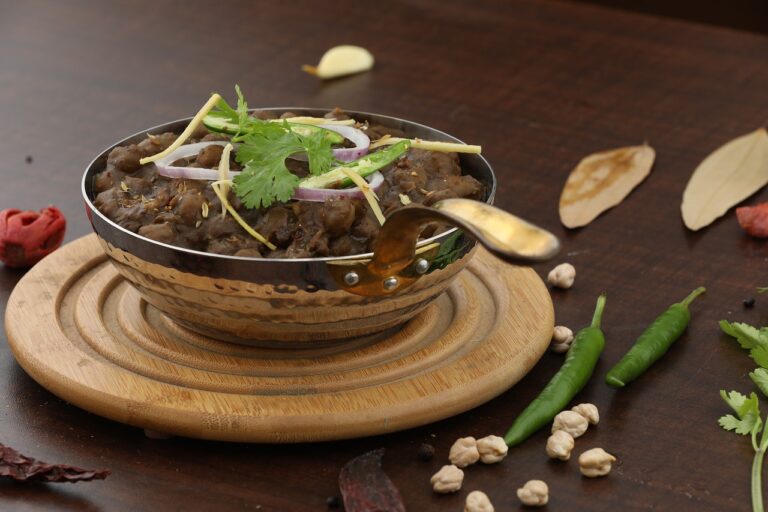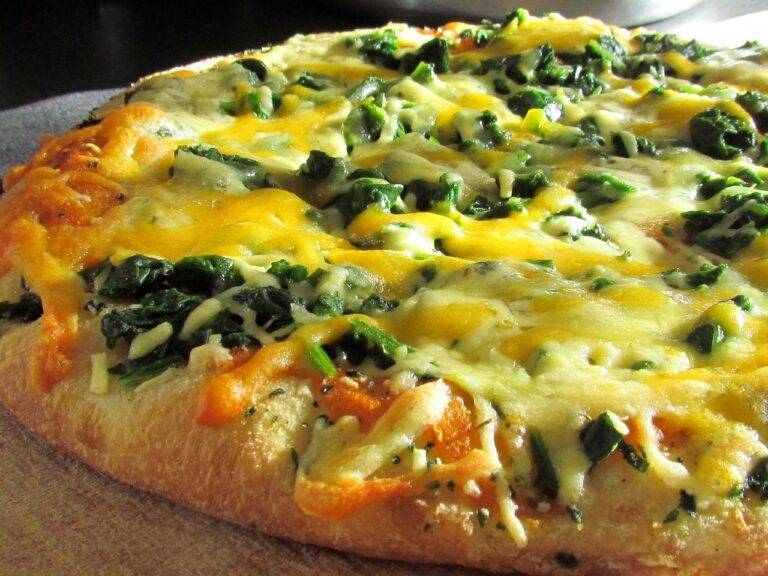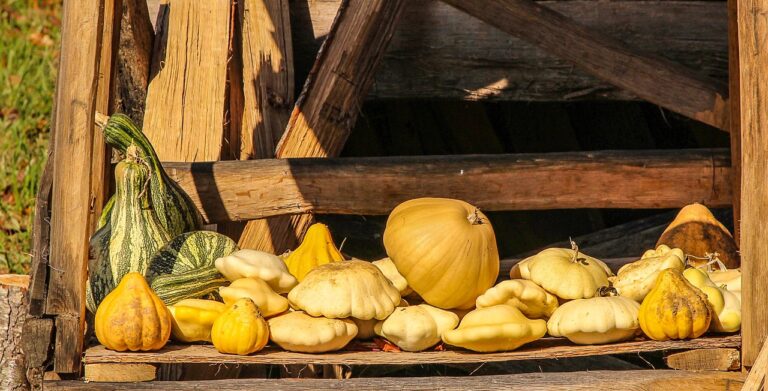3D Printing in the Food Industry: A Revolution in Customization
3D printing technology has been making waves in various industries, and its entry into the realm of food production has sparked considerable interest. The ability to fabricate food items layer by layer using various ingredients opens up a world of possibilities for enhancing efficiency and creativity in the culinary world.
One of the key advantages of 3D printing technology in food production is the potential to customize food products according to specific dietary needs and preferences. This flexibility can cater to individuals with unique nutritional requirements or dietary restrictions, offering a personalized approach to food consumption that was previously difficult to achieve on a mass scale.
• Customization of food products according to specific dietary needs and preferences
• Catering to individuals with unique nutritional requirements or dietary restrictions
• Offering a personalized approach to food consumption on a mass scale
Customizing Nutritional Needs with 3D Printed Food
3D printing technology has opened up new possibilities in the realm of food production, particularly in the realm of customized nutrition. With the ability to precisely control ingredients and nutritional content, 3D printed food has the potential to revolutionize the way people meet their dietary needs.
By using computer algorithms to design and print food tailored to individual nutritional requirements, consumers can now have access to meals that not only satisfy their taste buds but also cater to their specific health needs. This level of customization could be game-changing for individuals with dietary restrictions or specific health conditions, allowing them to enjoy a wide variety of foods while ensuring they are meeting their nutritional goals.
Innovative Culinary Creations through 3D Printing
Advancements in 3D printing technology have sparked a wave of creativity in the culinary world. Chefs and food enthusiasts are pushing boundaries by using this cutting-edge technology to create intricate and visually stunning dishes. From geometric-shaped chocolates to customized pasta designs, the possibilities are endless when it comes to innovative culinary creations through 3D printing.
One of the key advantages of using 3D printing in food production is the ability to customize and tailor dishes to meet specific nutritional needs. Whether it’s creating low-sugar desserts for individuals with dietary restrictions or designing protein-rich snacks for athletes, 3D printing allows for precise control over ingredients and portion sizes. This level of customization not only enhances the dining experience but also opens up a world of possibilities for those with unique dietary requirements.
How does 3D printing technology work in food production?
3D printing technology in food production involves creating edible items layer by layer using materials such as dough, chocolate, or sugar that are extruded through a nozzle.
Can 3D printed food cater to individual nutritional needs?
Yes, 3D printed food can be customized to meet individuals’ specific nutritional requirements by adjusting the ingredients and proportions used in the printing process.
What are some examples of innovative culinary creations made possible through 3D printing?
Some innovative culinary creations made possible through 3D printing include intricately designed chocolates, personalized cakes, and even unique pasta shapes that would be difficult to create by hand.
Are there any limitations to 3D printed food?
While 3D printed food offers endless possibilities, there are some limitations in terms of texture and flavor compared to traditional cooking methods. Additionally, the cost of 3D printing technology may be a barrier for widespread adoption in home kitchens.







